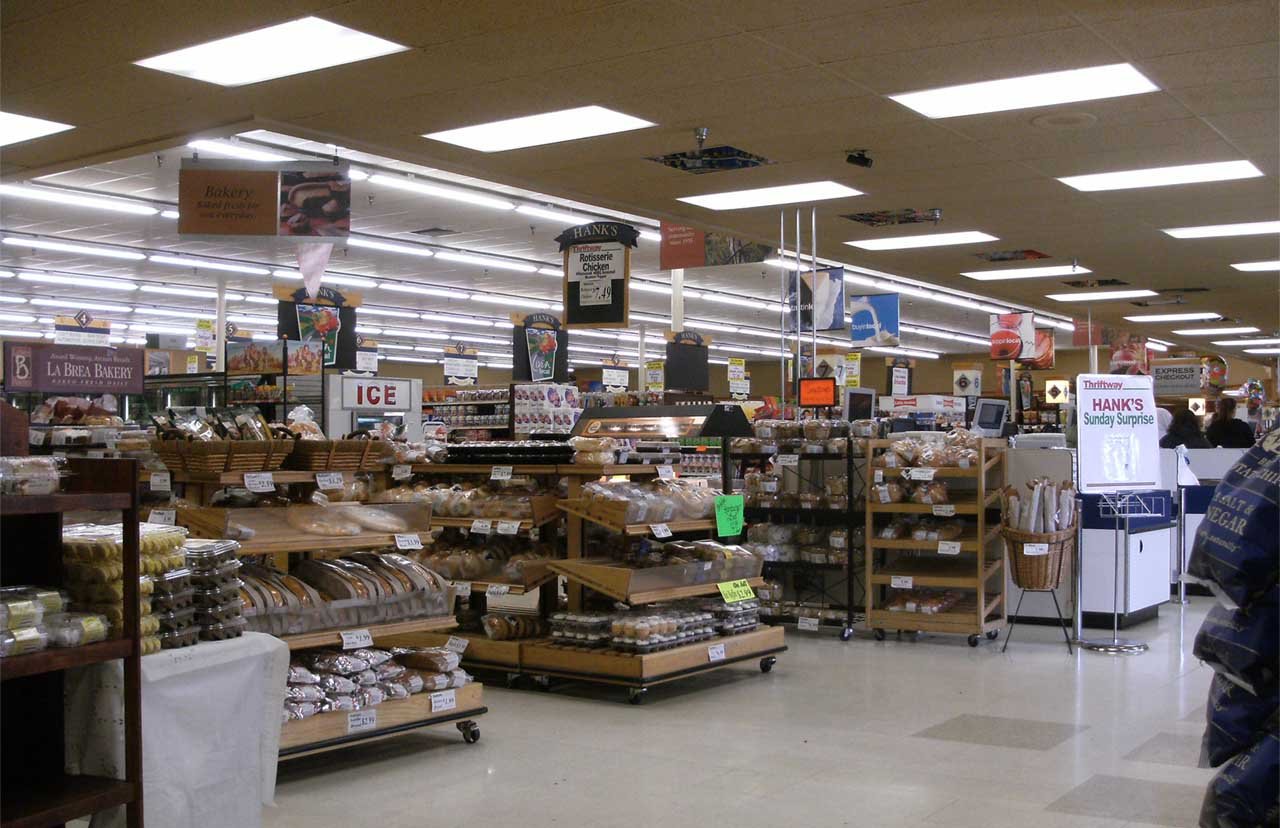The One, Big, Beautiful Bill Act Spells Less to Eat for Hundreds of Thousands of Oregonians

The One, Big, Beautiful Bill Act that will cut funding of food benefits to more than 750,000 Oregonians was narrowly adopted by one vote in the U.S. House of Representatives earlier this week.
The Bill Cuts Benefits to Low-Income Families and Individuals
If passed by the U.S. Senate, the nationwide legislation will cut supplementary benefits that assist low-income groups by billions of dollars and will cost Oregon an estimated $1 billion in program funding every two-year budget cycle.
Last year, about one in six Oregonians received benefits from the SNAP program, making Oregon one of the highest participant states in the country.
The cost to the state of the loss of this income stream amounts to more than $1 billion. According to the Oregon Department of Human Services, it will cost the state $843 million every budget cycle to cover federal benefits.
Additionally, administrative costs will amount to $170 million, with a further $140 million to back-fill food assistance programs.
The Funding Cut Amounts to $160 a Month for a Family of Three
State officials forecast that the federal program cuts will reduce benefits by 21%, equating to $160 monthly for a family of three. The federal cutbacks will cost the average Oregon low-income family one week of groceries.
In line with the Republican Party’s view that many beneficiaries of federal funding lack an incentive to work, the One, Big, Beautiful Bill Act also withdraws benefits to adults between the ages of 55 and 64, exempting those living in economically poor regions, and cuts benefits to some immigrants.
Last year, food distribution sites in Oregon and southwest Washington received 2.5 visits. This was a whopping 31% increase over the previous year, as inflation and rising unemployment took their toll.
In January, the Trump administration stopped 4.2 million pounds of food earmarked for delivery to the Oregon Food Bank during 2025, representing 18% of the Food Bank’s annual budget.
The result is empty supply bays in the Food Bank warehouse and sparser shelves at food assistance sites, with Oregon families receiving smaller bags of groceries.
